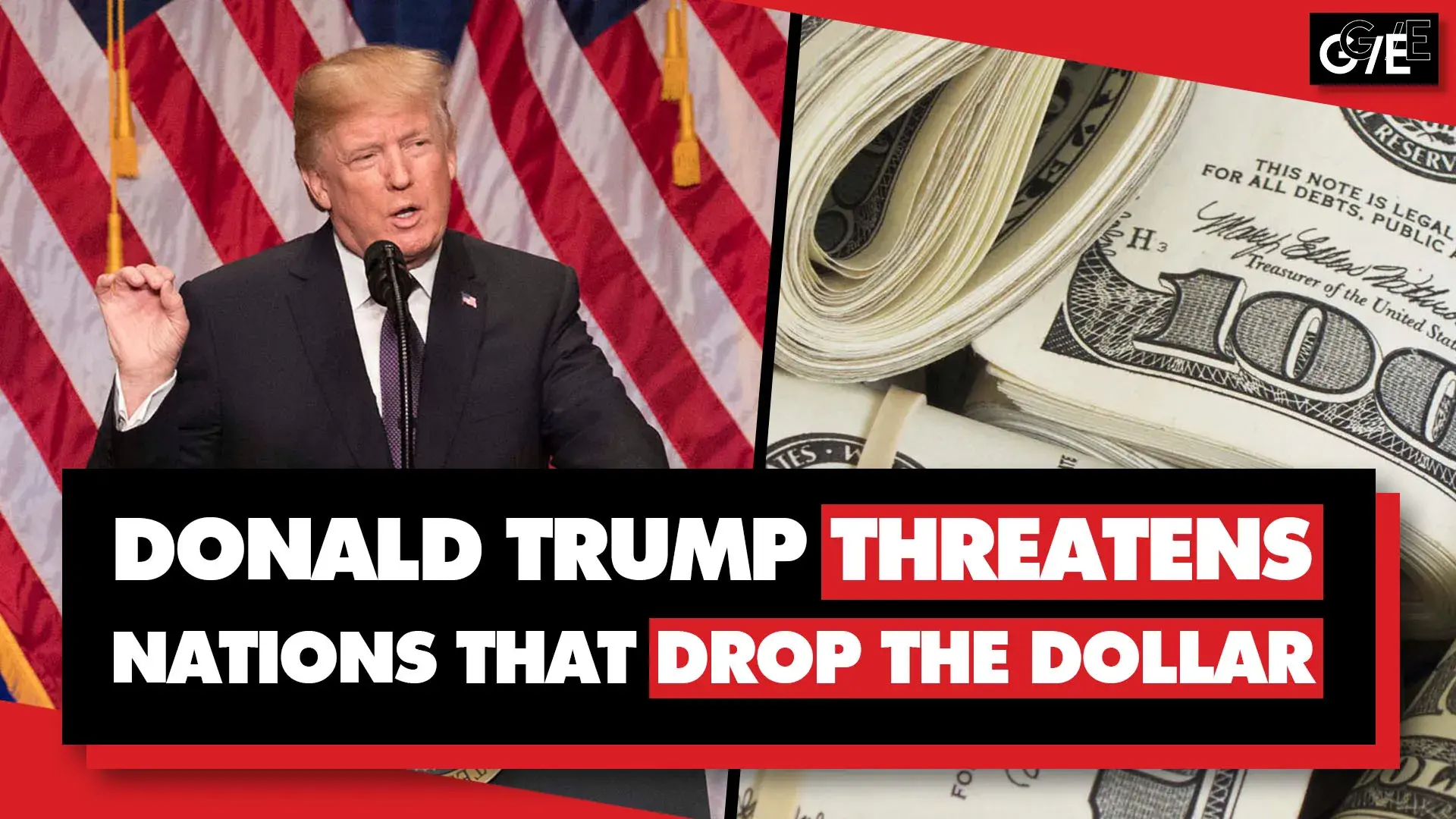The warning that nations are “dropping the dollar” and “hoarding gold” has sparked alarm, with posts on X and web reports amplifying fears of a crumbling U.S. economy. The narrative, tied to de-dollarization trends and central banks’ gold purchases, suggests a looming crisis for Americans—rising inflation, weaker savings, and a shaky financial future. But how real is the threat, and what does it mean for everyday people? Let’s cut through the noise with a grounded look at the facts, the trends, and the stakes as of May 2025.

De-dollarization—the push to reduce reliance on the U.S. dollar in global trade—is real but not new. At the 2024 BRICS Summit, leaders like Russia’s Vladimir Putin criticized the dollar’s dominance, noting 95% of Russia-China trade now uses rubles and yuan. A 2024 IMF report shows the dollar’s share of global reserves dropped from 71% in 2001 to 58.9% in 2024, with central banks diversifying into currencies like the Australian dollar and gold. J.P. Morgan notes emerging markets bought 1,136 tonnes of gold in 2022 and 1,037 in 2023, a record high, to hedge against sanctions and dollar volatility. Posts on X, like one from @BullionStar on May 5, 2025, call this a “vote of no confidence” in the dollar.
Why the gold rush? Gold is a safe haven, immune to sanctions that froze Russia’s dollar assets in 2022. Zimbabwe’s 2024 shift to a gold-backed “ZiG” currency after hyperinflation shows nations turning to gold when fiat currencies fail. China and Russia, per a 2023 World Gold Council survey, are leading buyers, with 62% of central banks planning to boost gold reserves by 2030. This isn’t just geopolitics—gold prices hit $3,100/oz in 2025, driven by demand and tariff fears, per the Guardian.
For Americans, the impact isn’t immediate but it’s serious. A weaker dollar, as seen in April 2025 when it dropped despite rising U.S. bond yields, fuels inflation. A weaker dollar means pricier imports—think higher costs for gas, groceries, and electronics. @DrEricDing’s April 2025 X post warned that tariffs won’t offset this if everything costs more. The U.S. debt, at $33 trillion (123% of GDP), adds pressure; printing more dollars to cover it risks further devaluation. Savings and 401(k)s tied to dollar-based assets like the S&P 500 could lose real value, as noted by U.S. News.
What can you do? Diversifying investments helps. Experts suggest funds like Vanguard FTSE Emerging Markets ETF (VWO) or SPDR Gold Trust (GLD) to hedge against dollar declines. Gold, despite volatility, has outperformed Treasuries for 25 years, per @MilesFranklinCo on X. Real estate via funds like Vanguard Real Estate ETF (VNQ) is another option. But don’t panic—J.P. Morgan and Charles Schwab argue the dollar’s 88% share of global transactions means it won’t collapse soon. Stay informed, diversify smartly, and brace for higher costs as the world’s financial tides shift.






